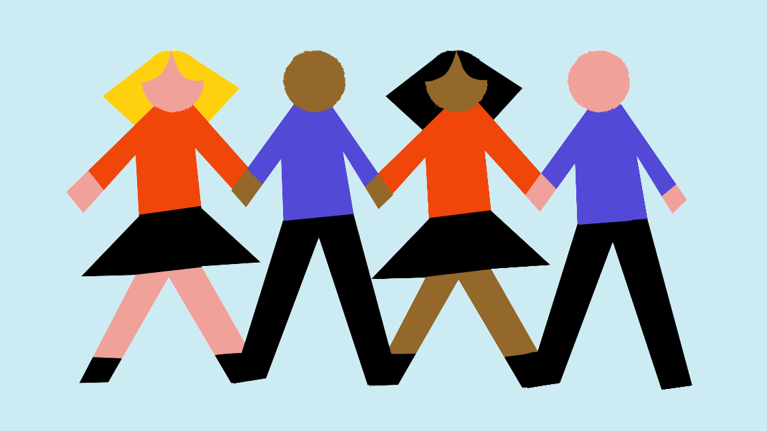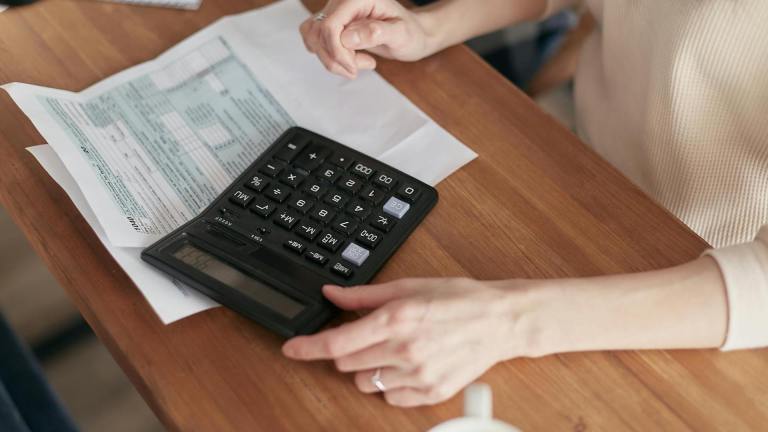You have to be responsible for at least one child under the age of 16 to qualify for child tax credit, or a child under 20 if they’re in full-time education or certain types of training. Your household income has to fall below a certain threshold, and you can’t already be claiming universal credit.
Parents and guardians with disabled children might qualify for higher payments or other benefits to help cover the extra care costs.
A minority of families could still successfully apply for child tax credit, but you have to already have received the benefit in the last year and also be claiming working tax credit. Otherwise your best bet is to apply for universal credit.
How much is child tax credit?
The amount you can receive through child tax credit depends on a few factors including your household income, the number of children you’re responsible for, and whether any of your children are disabled. It’s not a one-size-fits-all system, so the amount varies significantly from family to family.
Payments are made up of different elements, starting with a basic amount available to all eligible families then extra which might be added for families in specific circumstances. That can include a family element for having one or more children born before April 6 2017, an individual element for each child (depending on their date of birth), and a disability or severe disability element if your child is disabled.
Your total entitlement is calculated by adding these elements together and adjusting them based on your household income – payments gradually reduce as your income increases. Having savings won’t affect how much you’re paid, but any interest built on those savings might. Child tax credit counts towards the benefit cap.
Advertising helps fund Big Issue’s mission to end poverty
If you’re among the group still eligible for child tax credit for children born since 2017, the two-child limit means you’ll only get the individual child element in your payments for up to two children unless they qualify for an exception. You’ll get it for every child born before April 6 2017 though, even if there are more than two.
For children born before April 6 2017, you could receive a maximum £4,000 per year for your first child or up to £3,455 for the others.
If your child was born after this date and you’re otherwise eligible, you can claim up to £3,455 a year as long as they’re your first or second child.
You might get up to £4,170 extra a year if your child is disabled, or £5,850 if they have particularly complex needs.
Working out how much you should receive in child tax credit is, evidently, complicated – so it’s worth using a benefits calculator to check what you could be entitled to. Contact your local Citizens Advice branch for free, tailored information.
Child tax credit income thresholds
Income thresholds are central to how much child tax credit you can receive. If your household earns above a certain amount your payments will likely be reduced. The system uses a taper rate, meaning your entitlement decreases by a set percentage for every pound your income exceeds the threshold.
Advertising helps fund Big Issue’s mission to end poverty
If you’re not on working tax credit, your household’s annual income needs to be below £19,995 in the tax year from April 2024 to April 2025 in order to receive the highest amount of child tax credit. Once your income goes over this amount, your payments are reduced by 41p for every £1 of income above the limit.
If you’re claiming working tax credit alongside child tax credit, the threshold can vary.
What counts as income?
When deciding on your eligibility, the government considers your total household income. That can include wages or money earned through self employment, savings and investments, certain taxable benefits (like carer’s allowance) and any other income streams.
It’s really important to provide accurate information about your income when you’re applying for or renewing your tax credits as mistakes could lead to overpayments that you need to repay in future. If your household income fluctuates – a common experience for seasonal workers or freelancers – you should keep Households with fluctuating income, such as seasonal workers or freelancers, should report changes to HMRC as soon as possible.
What is the two-child limit?
The two-child limit, introduced in 2017, restricts child tax credit payments to the first two children in a household. Families with more than two children usually aren’t eligible for payments for their third or subsequent children born after this time, though certain exceptions can apply – if the children were twins or triplets, for example.
Families who were already claiming for more than two children before the policy was introduced aren’t affected.
Advertising helps fund Big Issue’s mission to end poverty
“[Their third pregnancy] was a high risk pregnancy, yet he was born,” a single parent with three children told Child Poverty Action Group (CPAG), which campaigns against the two-child limit. “A miracle baby, but in the eyes of the government and according to this policy, he doesn’t exist.”
Government figures show that 1.6 million children are currently affected by the two-child limit. Scrapping the policy would instantly lift around 300,000 of them out of poverty, according to CPAG analysis.
“The clock is ticking while child poverty rises,” said Alison Garnham, chief executive of CPAG, “and the two-child limit is the key driver of the increase.
“Scrapping it is the most cost-effective way to stop more kids being pulled into poverty on the government’s watch.”
How to renew tax credits
If you’re still receiving child tax credit, renewing your claim each year is crucial to make sure you keep receiving payments. HMRC will usually send you a renewal pack between April and June, outlining the details of your current claim and instructing you on what to do next.
Renewal is straightforward if your circumstances haven’t changed. You can confirm your details online, by phone or by returning the form included in your renewal pack.
Advertising helps fund Big Issue’s mission to end poverty
Your payments could be stopped if you don’t renew on time, so make it a priority to respond as soon as possible.
Are child tax credit and child benefit the same?
Child tax credit and child benefit are two separate benefits, each with its own rules and eligibility criteria. Child benefit is a universal payment available to most families with children, regardless of income (though high earners usually need to repay some or all of it through taxes). Child tax credit, on the other hand, is specifically for families on low incomes.
Child benefit pays a fixed amount per child, while child tax credit varies depending on income and other factors. Many families receive both, with child benefit providing a baseline of support and child tax credit offering extra help depending on your circumstances.
Do you have a story to tell or opinions to share about this? Get in touch and tell us more. This Christmas, you can make a lasting change on a vendor’s life. Buy a magazine from your local vendor in the street every week. If you can’t reach them, buy a Vendor Support Kit.










